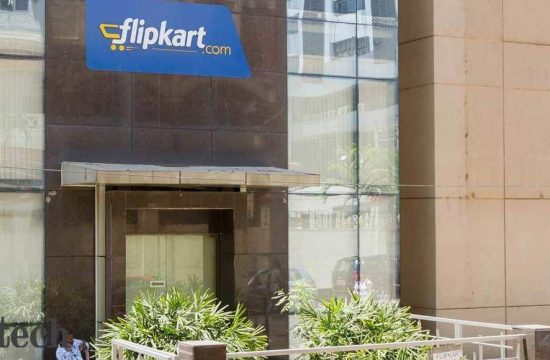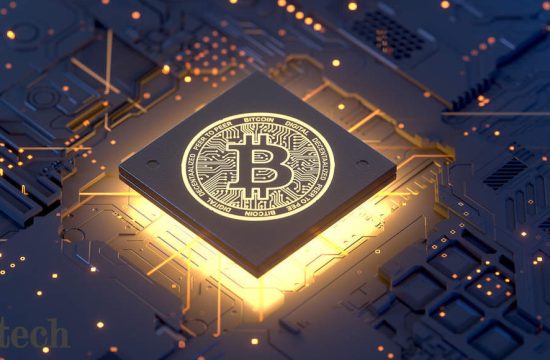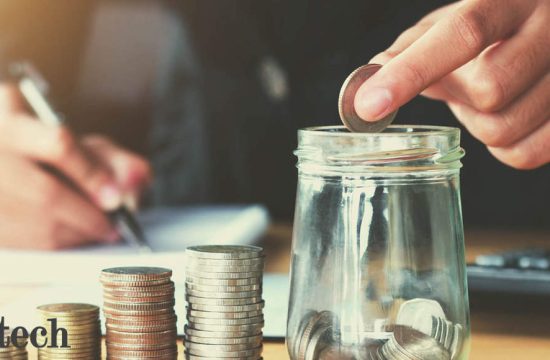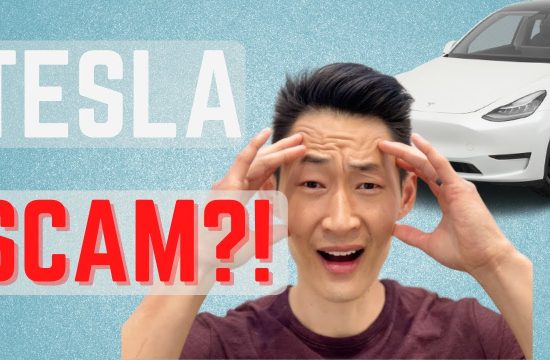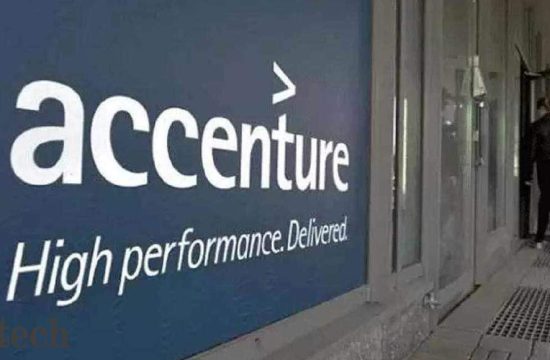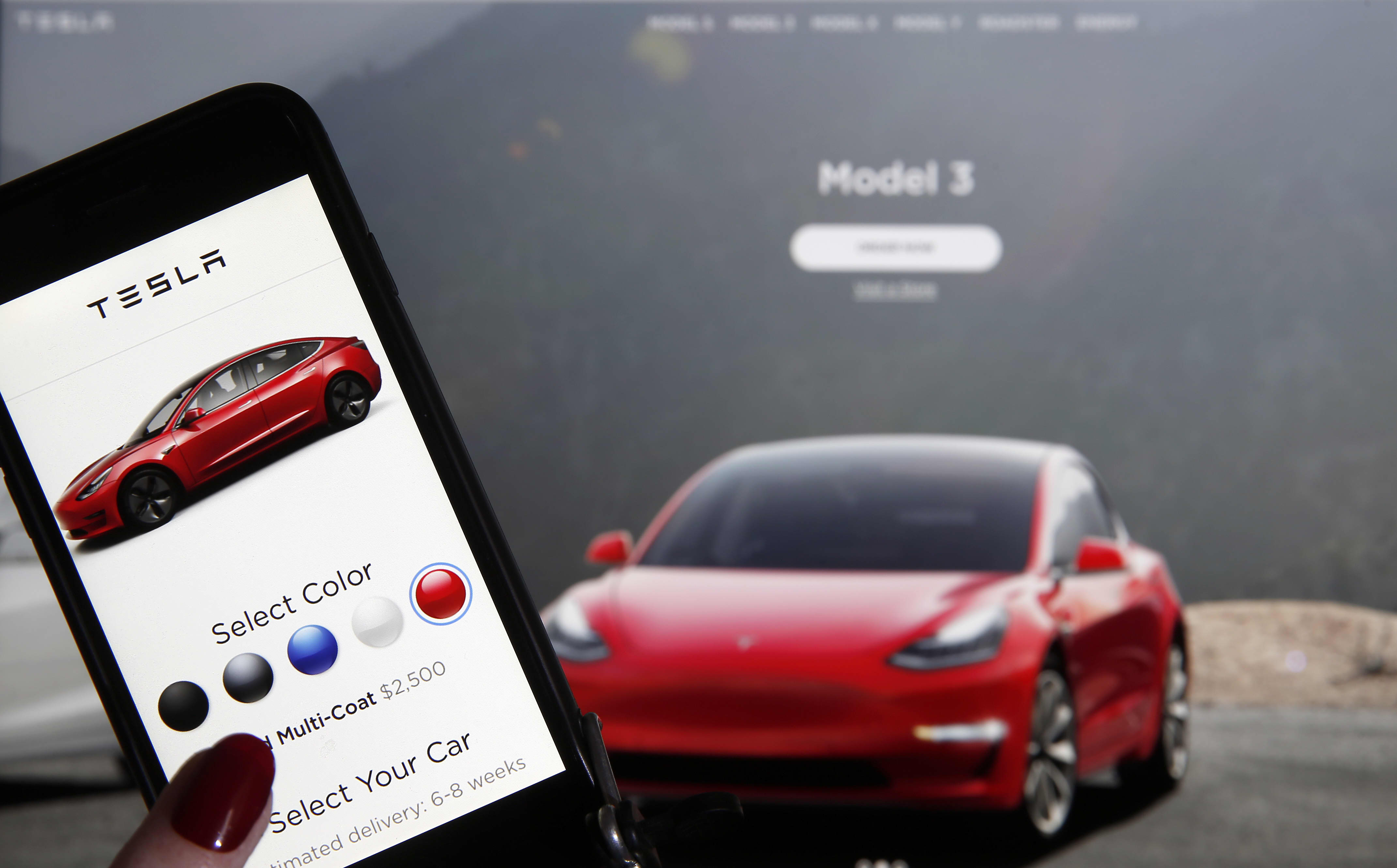
On September 24th, physician Dr. Ali Vaziri was unpleasantly surprised by a mobile alert from his bank, which said he had just purchased a $ 4,280 upgrade for his Tesla Model 3. The large transaction, he quickly surmised, was a “butt dial” or accidental purchase made through the Tesla app on his iPhone.
“My phone was in my jeans,” Vaziri told CNBC. “I took it out, put it on this charger that comes with your Tesla and that’s it. A minute later? I got the text. I’ve never purchased anything through the Tesla app before.”
Vaziri had owned the electric sedan happily for less than a few months at the point of his accidental purchase. He linked a credit card to his Tesla account, he said, to pay a monthly fee for “premium connectivity” in the car. (That service enables features like live traffic visualization, satellite maps, video and music streaming over cellular and wifi networks.) The same card was billed for “Enhanced Autopilot,” a $ 4,000 software upgrade that would enhance the driver assistance features of the car.
Available for a very limited time this year, the September 2020 version of Enhanced Autopilot included an automatic navigation feature, automatic lane changing and parking, and a “Summon” feature that lets drivers step out of their vehicles, then park them using a key fob or Tesla app as a remote control of sorts.
The Enhanced Autopilot features were not suitable for use off of highways, or in public parking lots, according to the Tesla Owner’s Manual. Vaziri says that’s one reason he wasn’t interested in buying the upgrade.
Refund runaround
Moments after he received the mobile alert from his bank, Vaziri called his local Tesla store and service center. They couldn’t help directly, but gave him the number for a customer service hotline. He called the number, and requested a refund. Instead of processing the doctor’s refund request on the spot, the customer service rep told Vaziri to click on the refund button in his Tesla app to process his request.
Vaziri informed them there was no such button in the Tesla app, just some text and a link to the refund policy.
An e-mail he received from Tesla confirming the unauthorized purchase contained only vague information about a refund, and no buttons to click or links to a page where he could process a refund request either. The email, which Vaziri shared with CNBC, drove him to Tesla’s support web site, which in turn told him to call his local service center.
To this date, Vaziri says, Tesla customer service has not provided him with a refund, nor has the call center provided him with so much as a confirmation number or e-mail to acknowledge his calls about the refund.
Instead, he processed a stop payment request through his credit card company. CNBC reviewed records of the unintended purchase and stop payment request.
“The car has been great since I’ve had it. But this has been a nightmare. The customer service is horrendous,” Vaziri said.
Apple told CNBC that in-app purchases are supposed to require explicit confirmation from the user — either they have to enter a password, or must be recognized by FaceID or fingerprint reader.
Tesla did not immediately respond to a request for comment.
Tesla’s history with “butt dial” purchases
Accidental purchases can happen with mobile devices, especially when kids commandeer parents’ mobile devices. However, a “butt-dial” purchase is generally uncommon where larger transactions and reputable digital businesses are concerned.
But for Tesla customers, accidental “butt-dial” purchases have been at least an occasional problem since January 2020.
On January 15, professor and author Nassim Nicholas Taleb spoke out on Twitter about his troubles obtaining a refund from Tesla for this type of accidental purchase. He wrote, then:
Tesla CEO Elon Musk responded to his influential customer:
“Tesla refunds in general should be easy to get electronically & certainly through customer service. Will he addressed.”
Taleb confirmed in an e-mail to CNBC this week that he did receive a full refund, eventually, after Musk noticed his tweets.
“They initially refused. They refunded me after I raised hell on Twitter. Then I saw they did not refund others, I raised even more hell: my point was that public venues are there to correct public, not individual, grievances.”
Musk has even poked fun at the “butt dial” purchase issue recently. When a Tesla owner, Stefan Peterson, tweeted about an accidental purchase of an “Acceleration” upgrade which cost around $ 2,000, Musk responded: “Trust ur butt haha.”
Peterson updated followers with a tweet saying he got a refund within hours of complaining to the company and raising a stink on Twitter and with an ironic GoFundMe campaign to pay for the upgrade.
But it’s not clear why some customers are getting refunds and others are left with a bill.
Some improvements have been made
In January, Taleb’s tweets and related customer stories caught the eye of software developer Ted Stein, a vocal Tesla critic.
In January, Stein found Tesla’s app left far too much room for accidental purchases. Many of those features have improved by now, the developer tells CNBC.
For example, in the past, Tesla automatically ticked a box in an upgrades menu, opting customers in to buy them by default. Now, Tesla users must tick the box for the upgrade they want, actively.
Tesla also changed its policy to allow refunds for over-the-air upgrades to its vehicles if they are requested within two days of the purchase. A refund may be requested only once per upgrade.
Finally, Tesla now sends an e-mail to users after they make a purchase through the Tesla app on the day of that purchase, so they won’t be surprised by a line item on a credit card bill.
“These design and policy changes are a substantive improvement,” Stein says. “But Tesla still doesn’t meet industry standards in e-commerce, which can make accidental purchases nearly impossible.”
For instance, Tesla could require users to take an additional authentication step, like entering a password or being recognized by FaceID or a fingerprint scan in order to confirm a purchase.
Another thing Tesla should do is to include clear instructions and a way to request and process a refund right in their app, where purchases are made, Stein said. Most importantly, he says, Tesla should give customers more than 48 hours to request refund.
“It makes no sense to limit a refund window to two days. Tesla gives customers a full week window to return a new car. This is just software. It’s not something they have to physically ship back,” Stein noted.
Dark patterns
A user experience specialist, Harry Brignum, declined to evaluate the design of the Tesla app specifically, but said e-commerce companies can avoid problems with accidental purchases and refunds relatively easily.
Brignum described a long history of products thoughtfully designed to prevent people from making costly mistakes, like the safety on a gun, or parking brakes that require a button press and lift before releasing.
He also noted, “Omitting a safety feature can be reckless, but it’s something else entirely if the company has also taken measures to make it hard for the consumer to reverse the action. This is known as a ‘roach motel.’ There’s an entire category of design tricks like this, and they are known as ‘dark patterns.’ They’re profitable, they’re consumer-hostile and they’re increasingly common.”
Examples of a “roach motel” include news sites that make it easy to subscribe with a few clicks online but require a lengthy phone call to cancel, and mobile apps that offer a free trial that later converts into a paid subscription that can only be cancelled by navigating a labyrinth of menus or web pages.
In September, the U.S. Federal Trade Commission took action against Age of Learning, makers of ABCMouse educational content, for making it difficult for users to cancel paid subscriptions, among other things.
That action may put pressure on companies, including Tesla, to make their refund and cancellation policies and processes clearer and user-friendly online and in apps.
WATCH: Why Tesla Full Self-Driving is taking so long to finish

